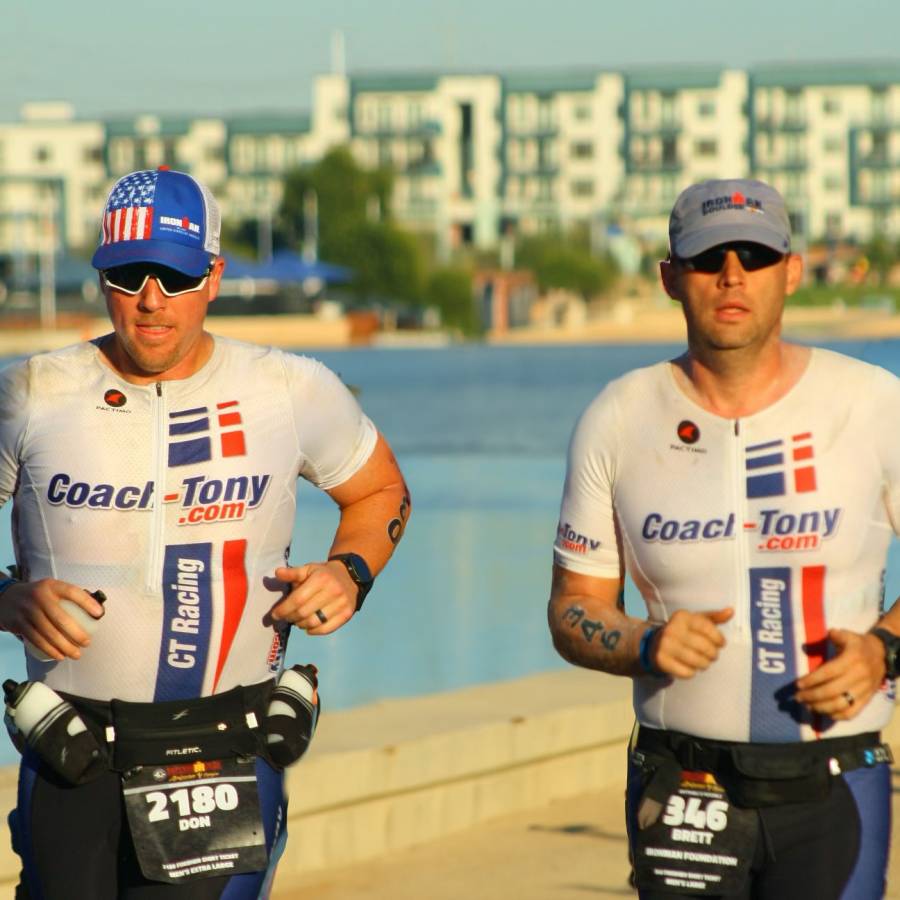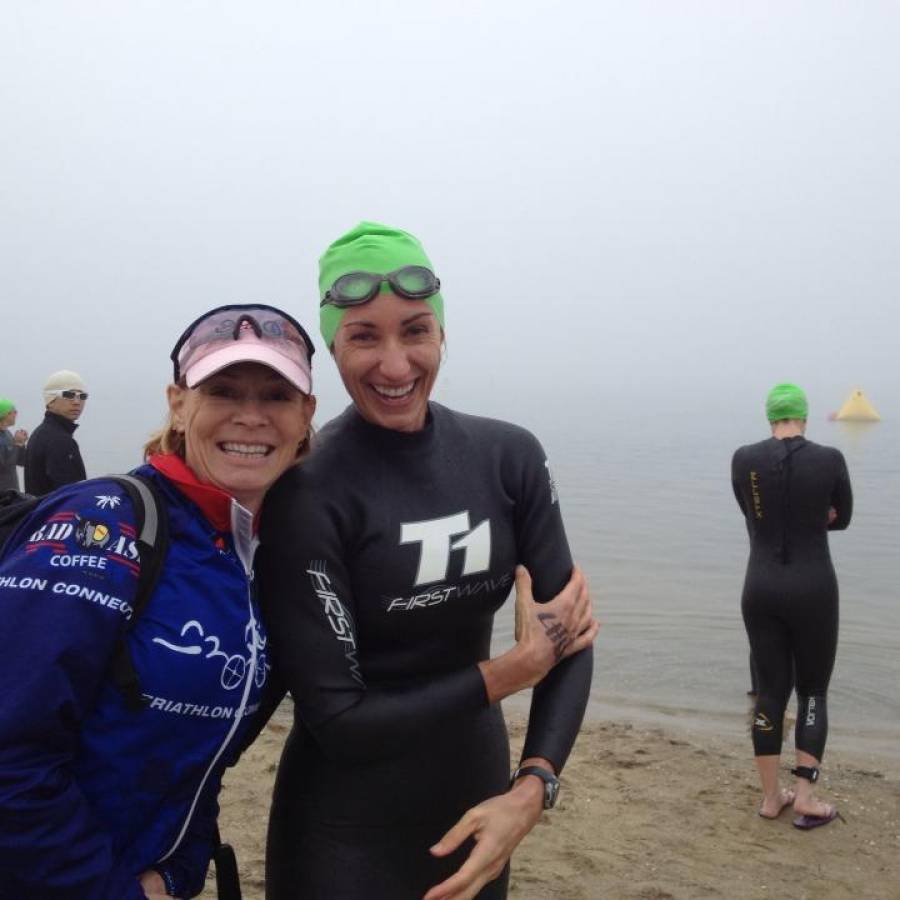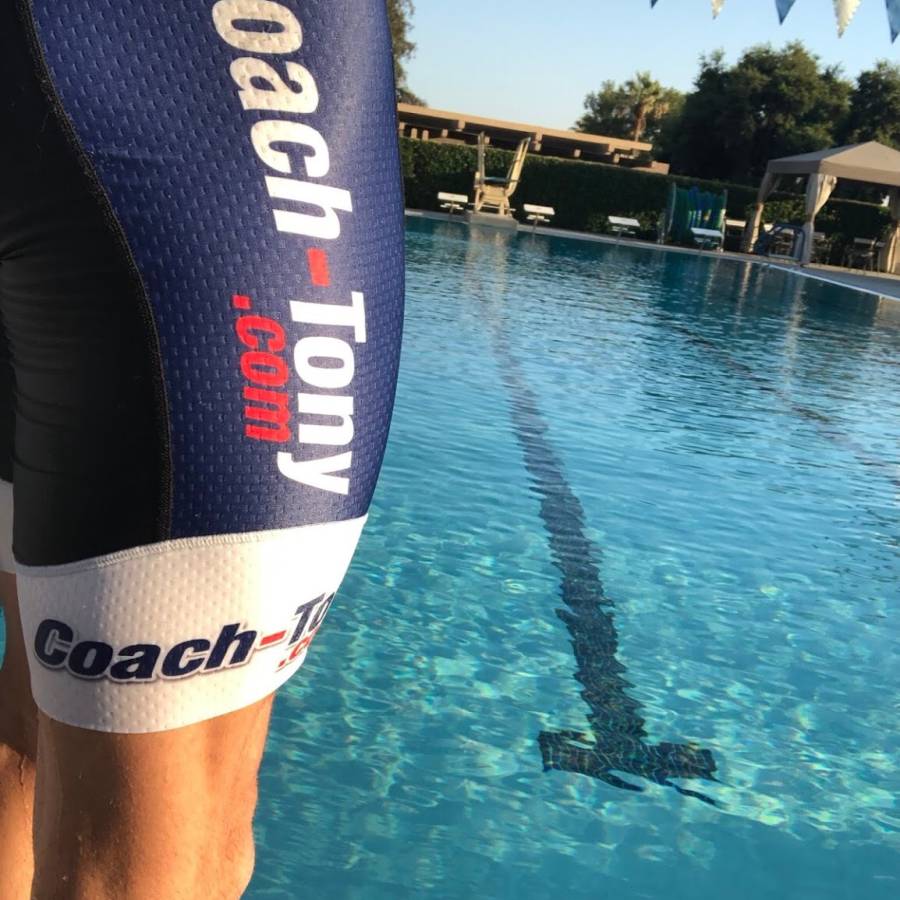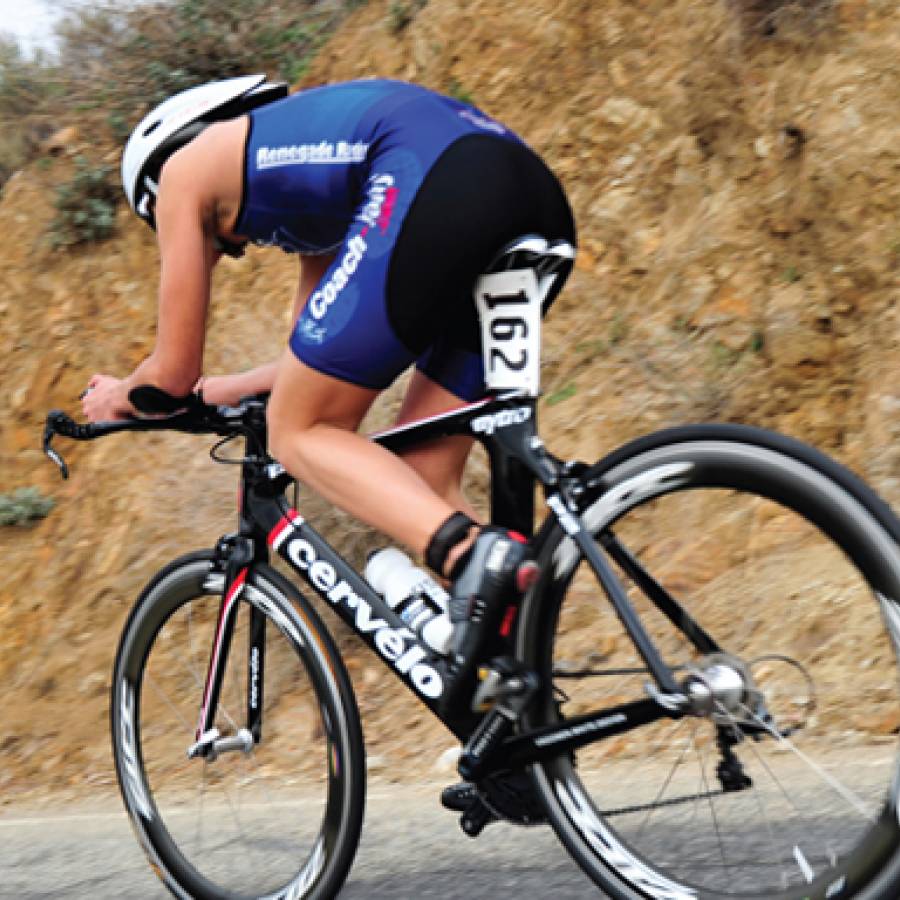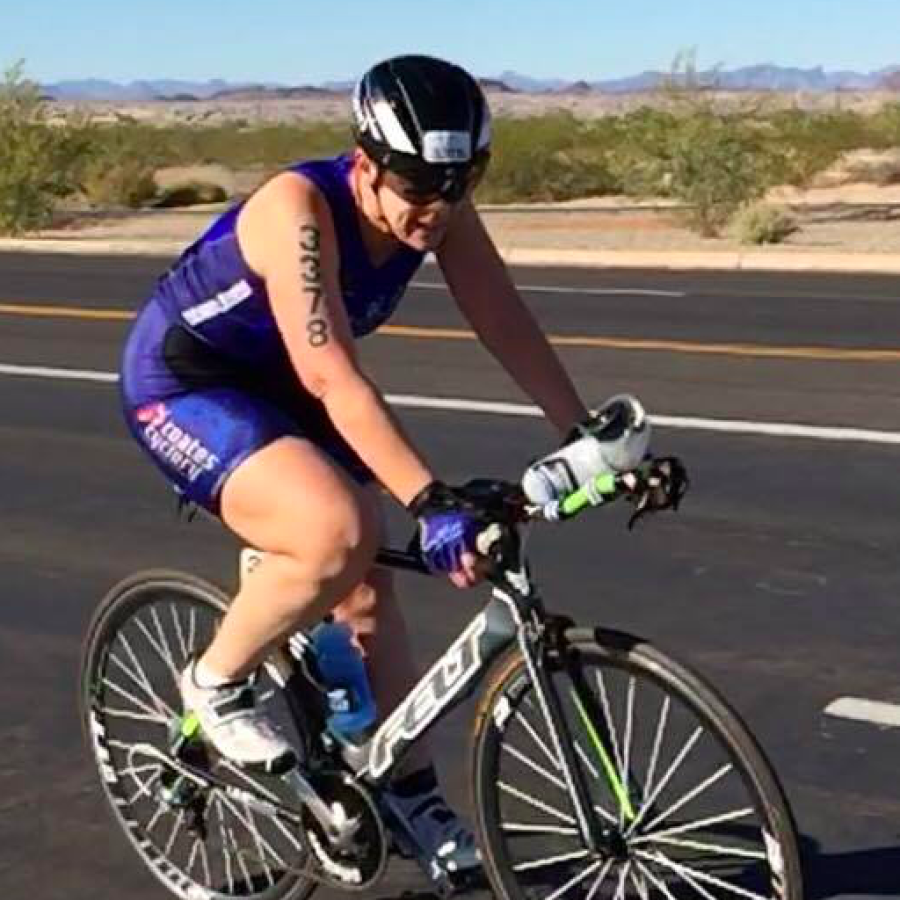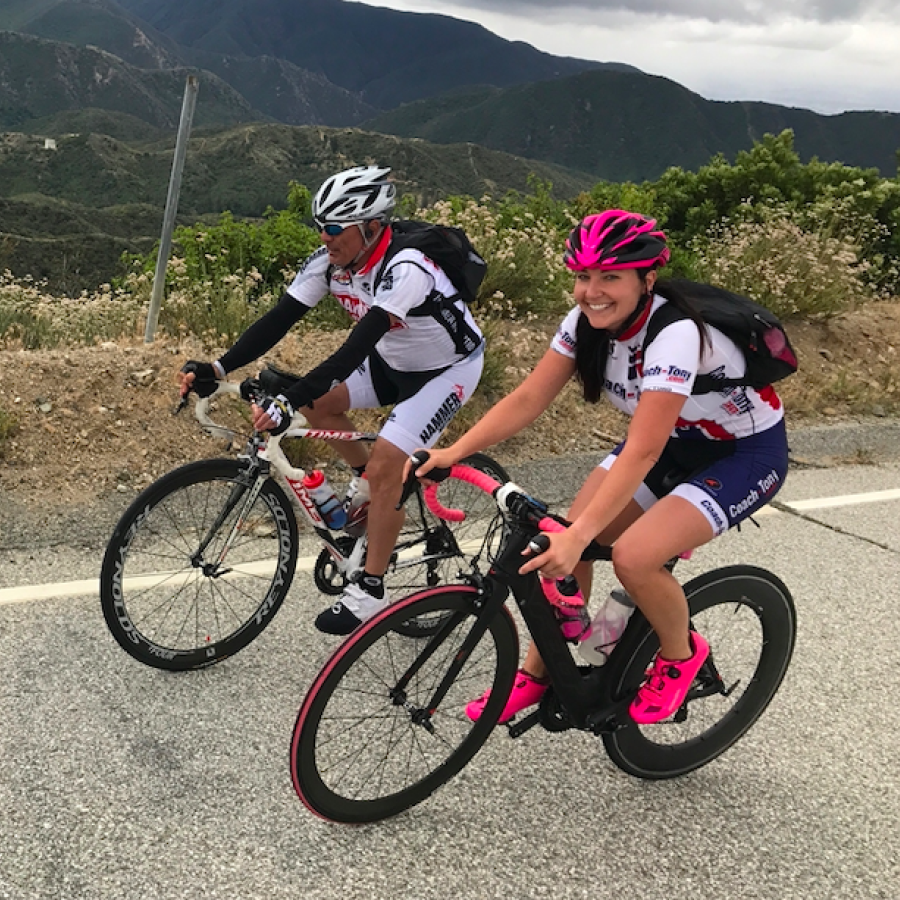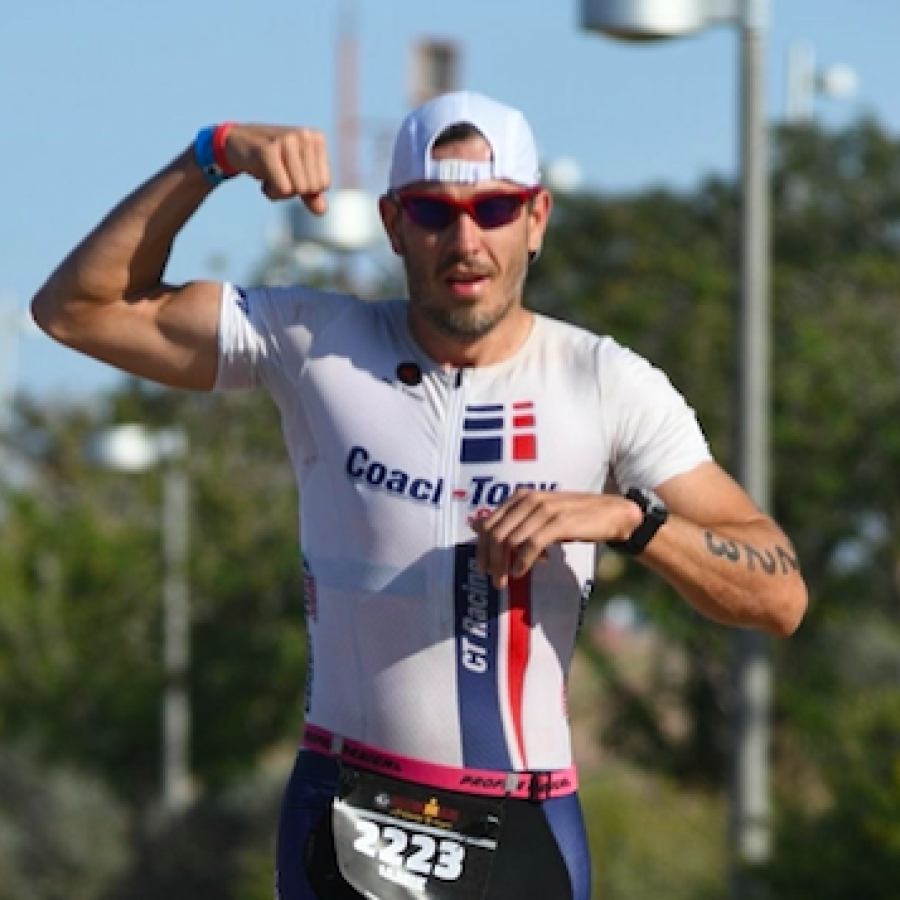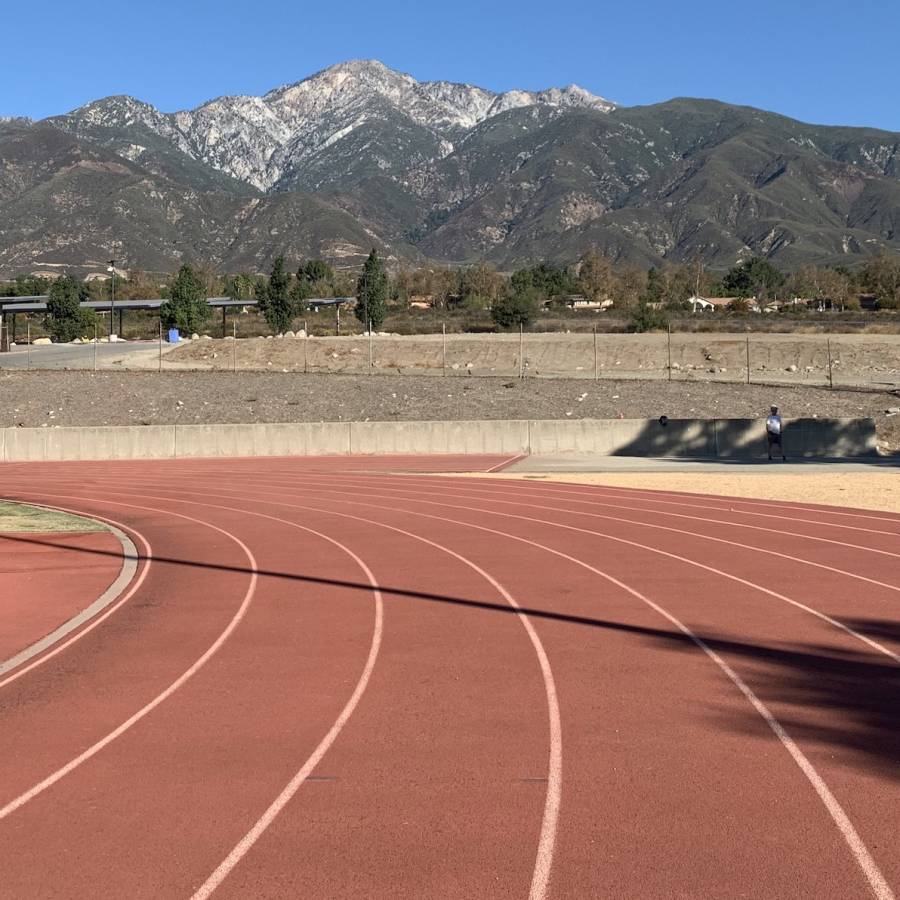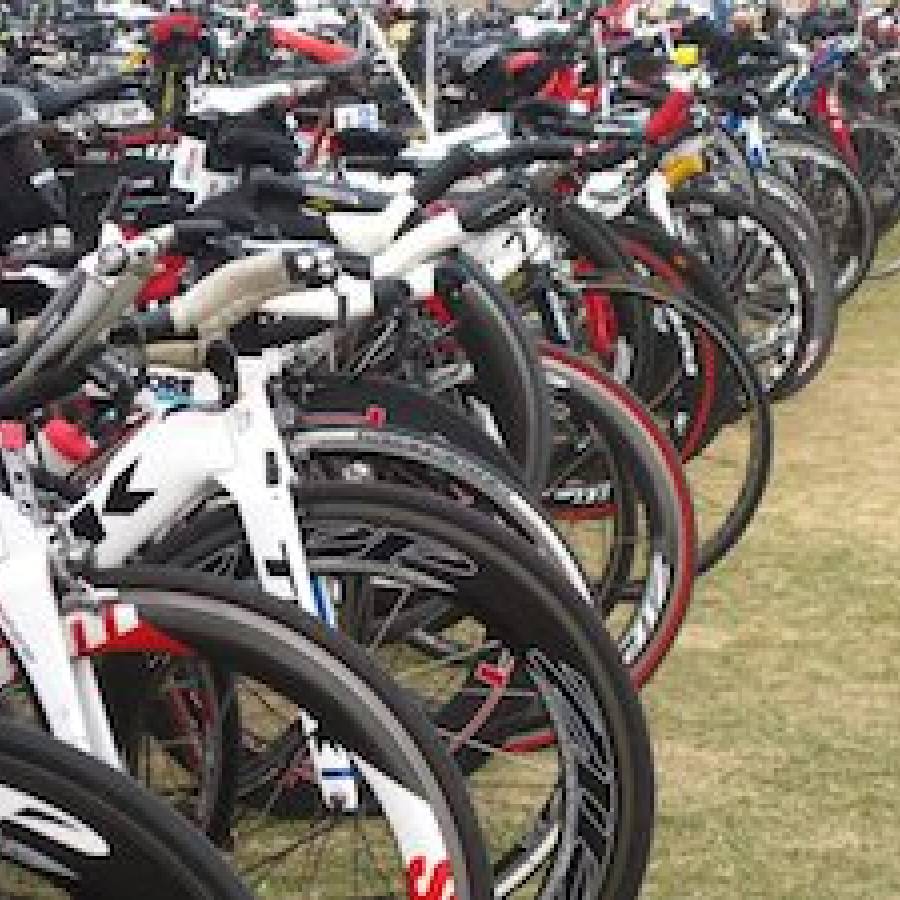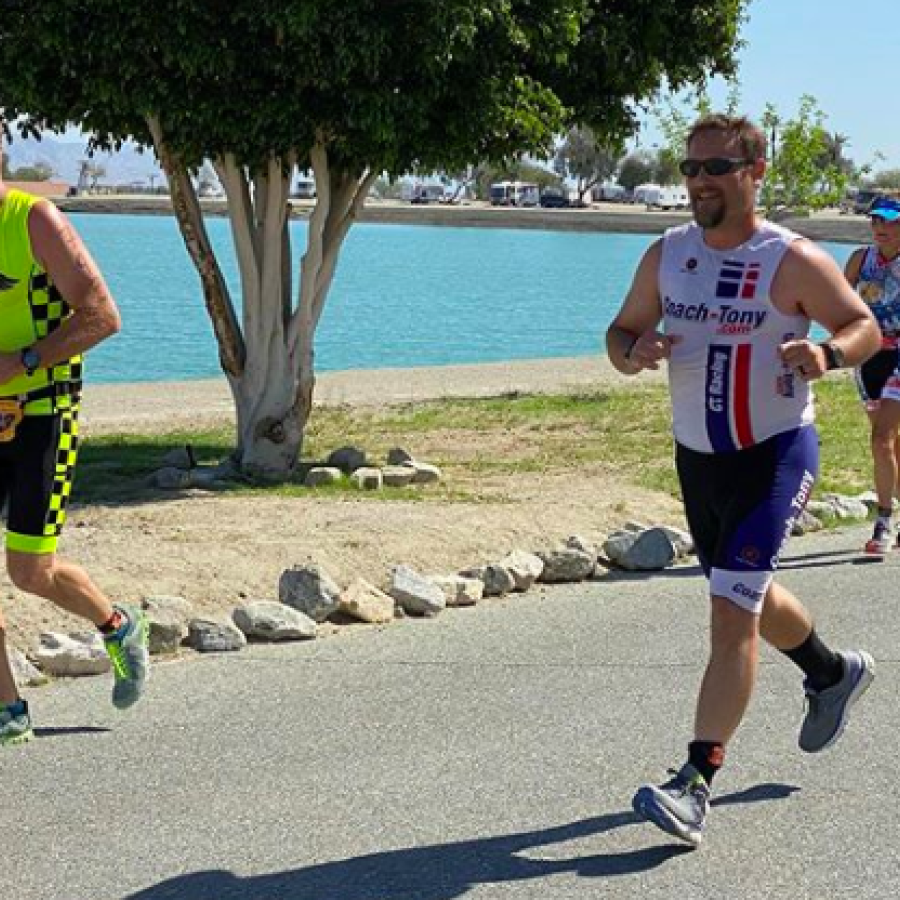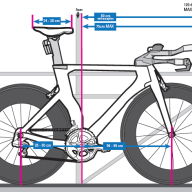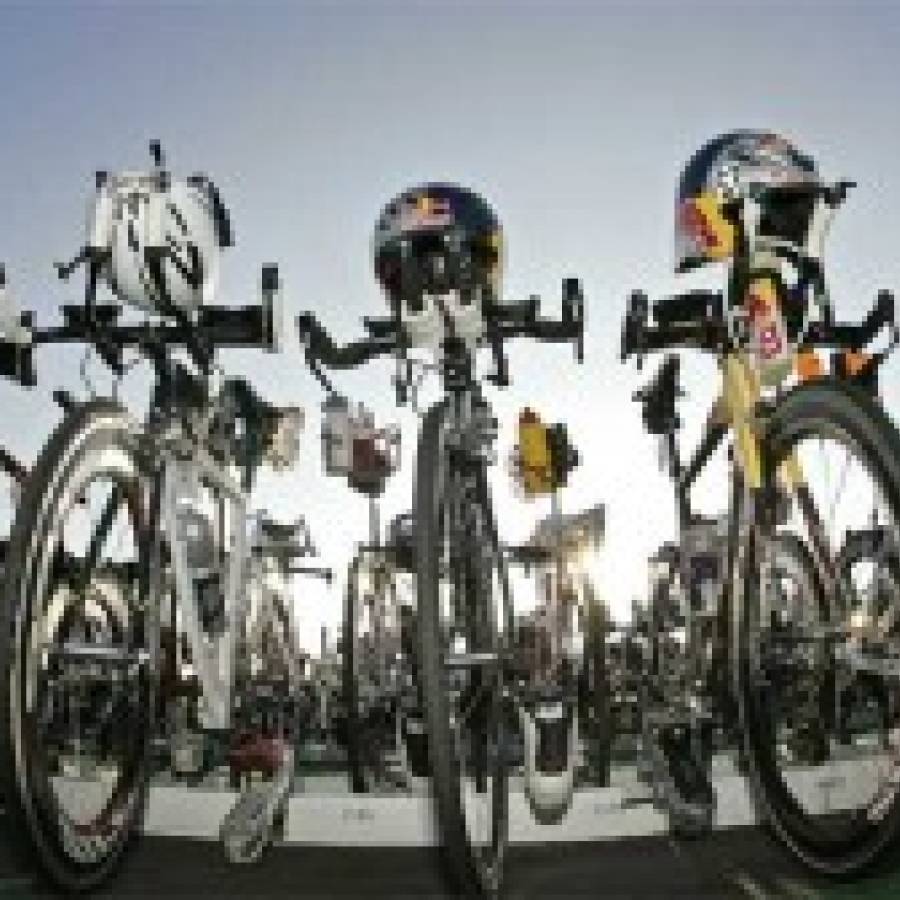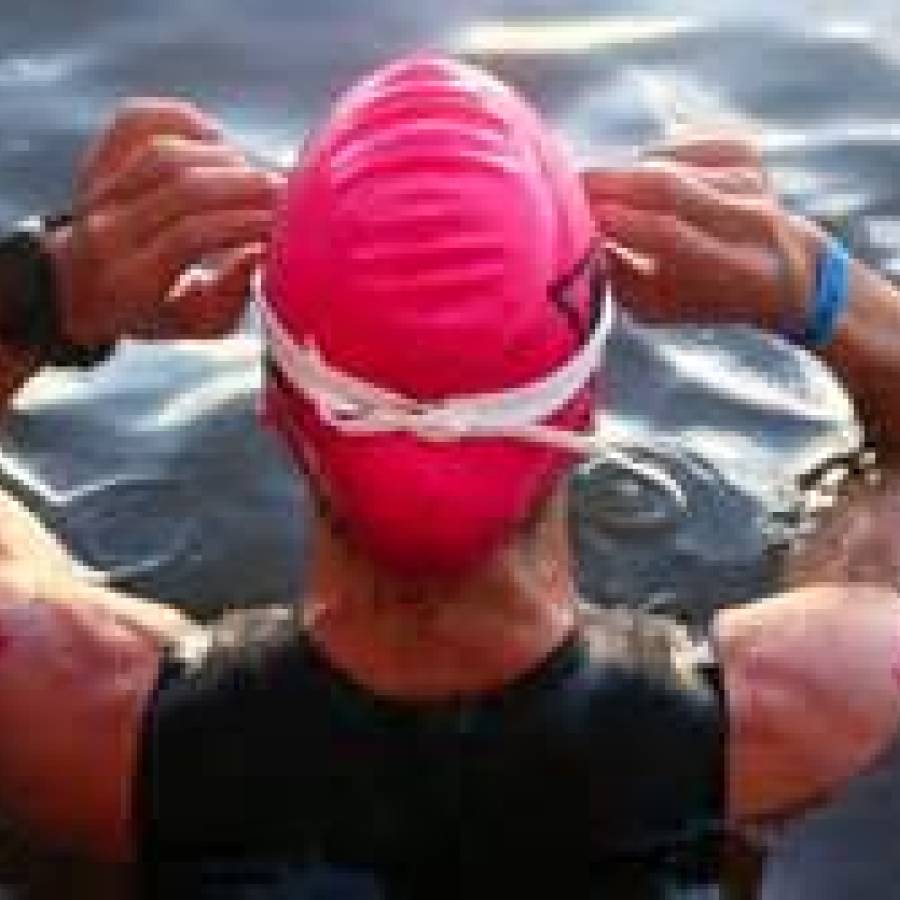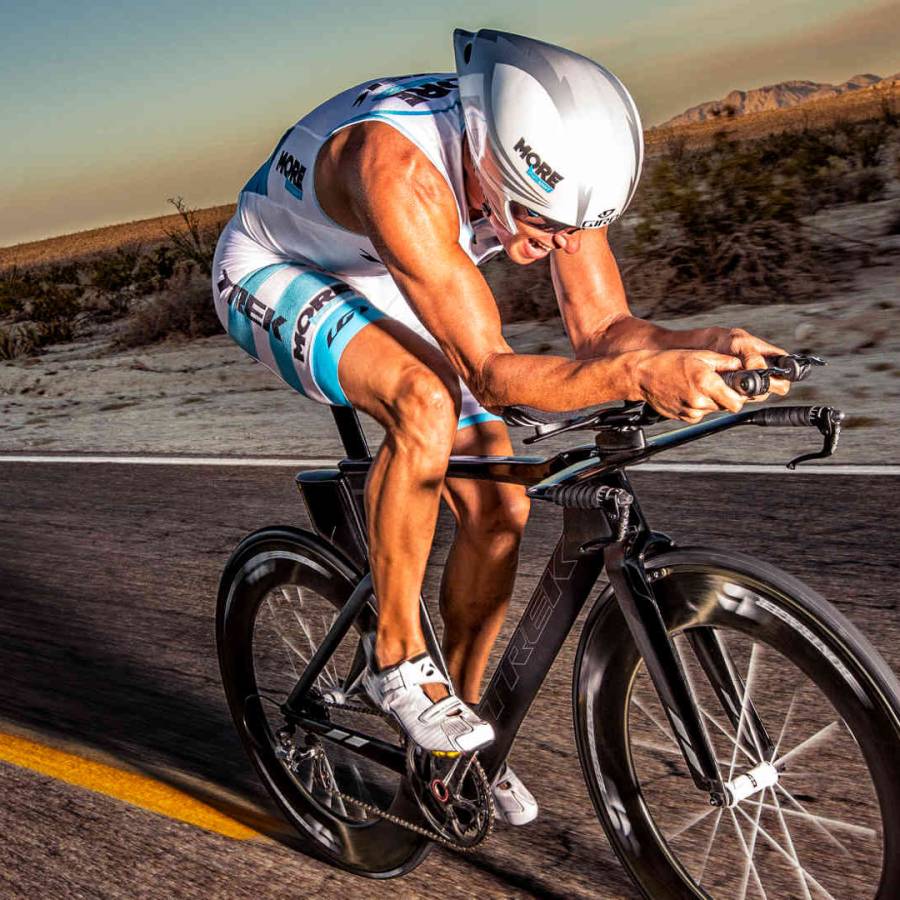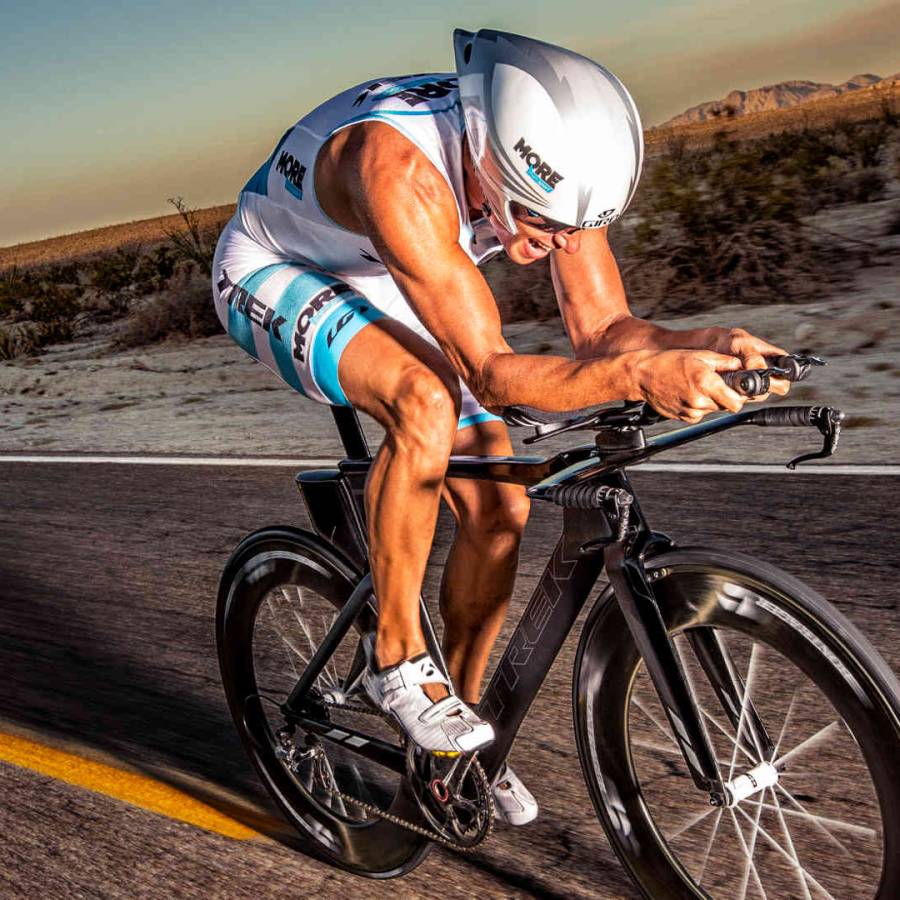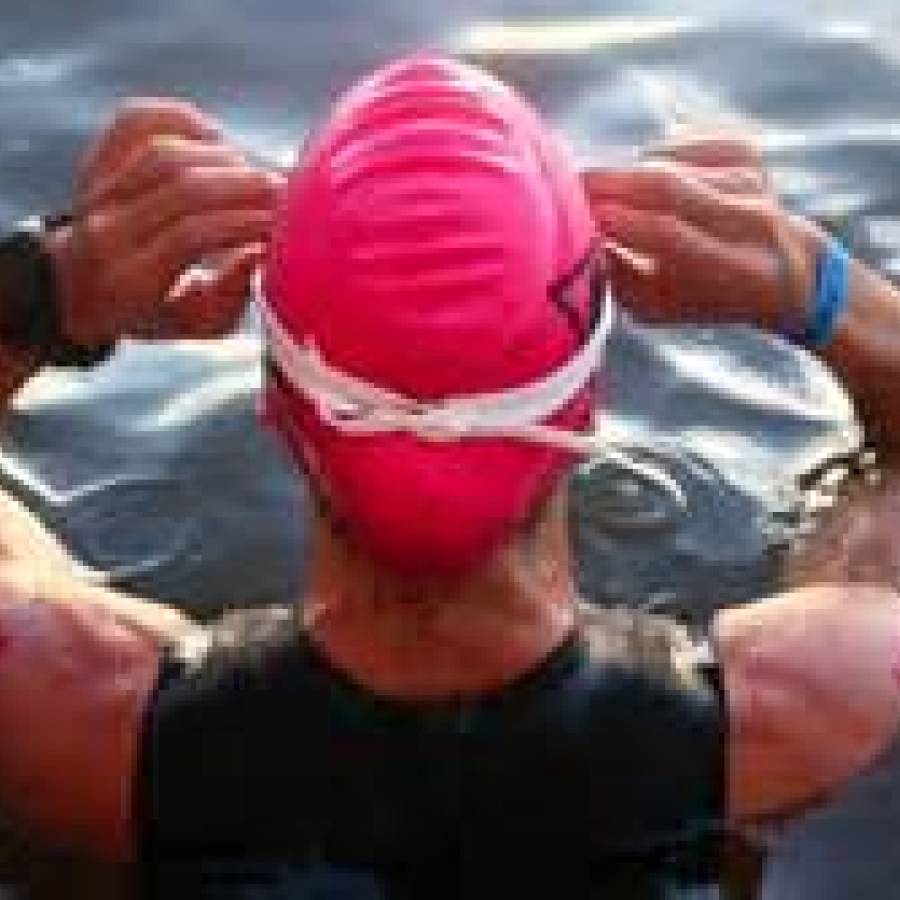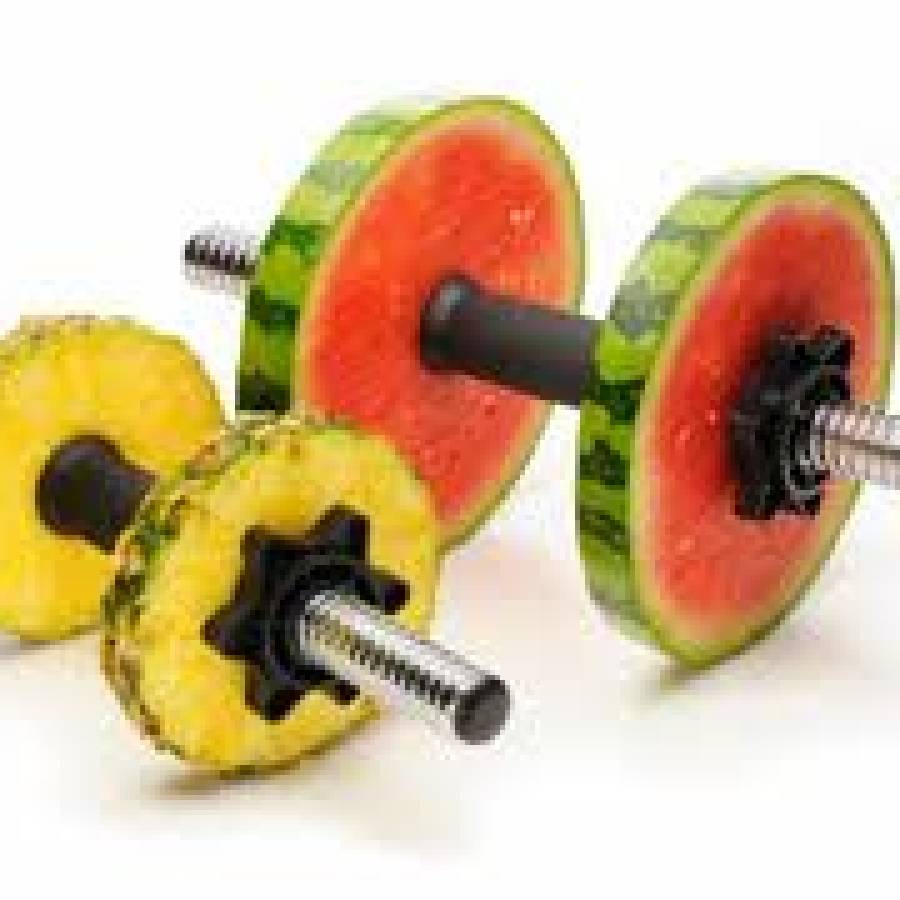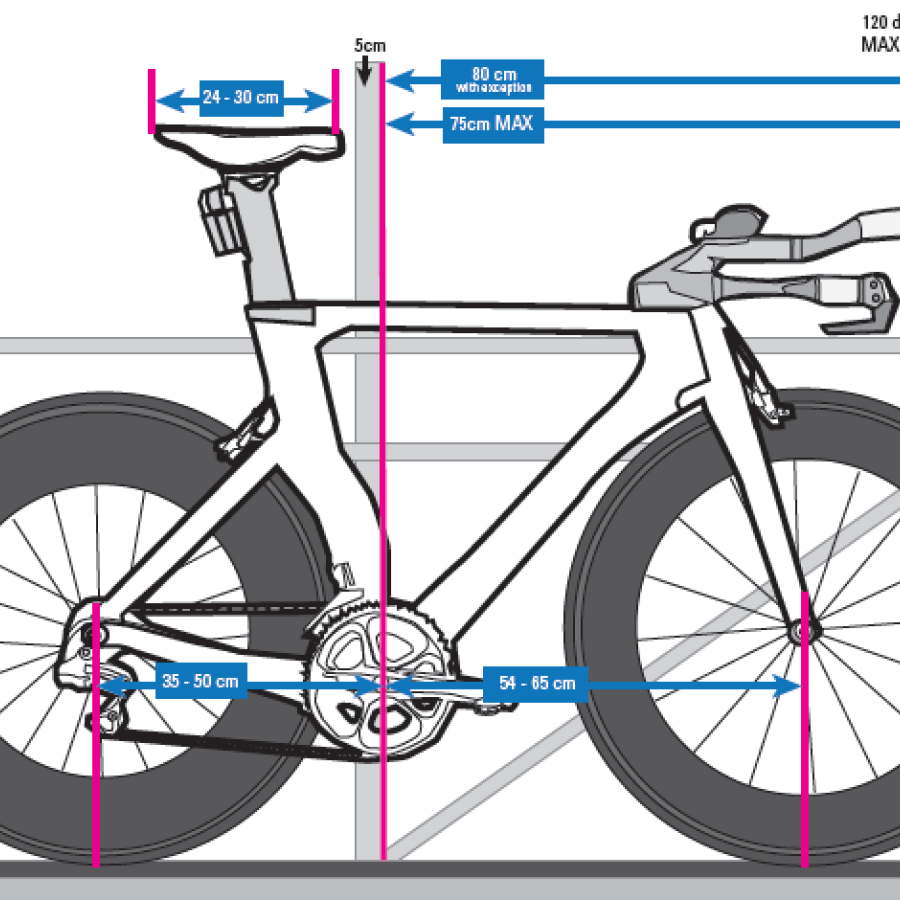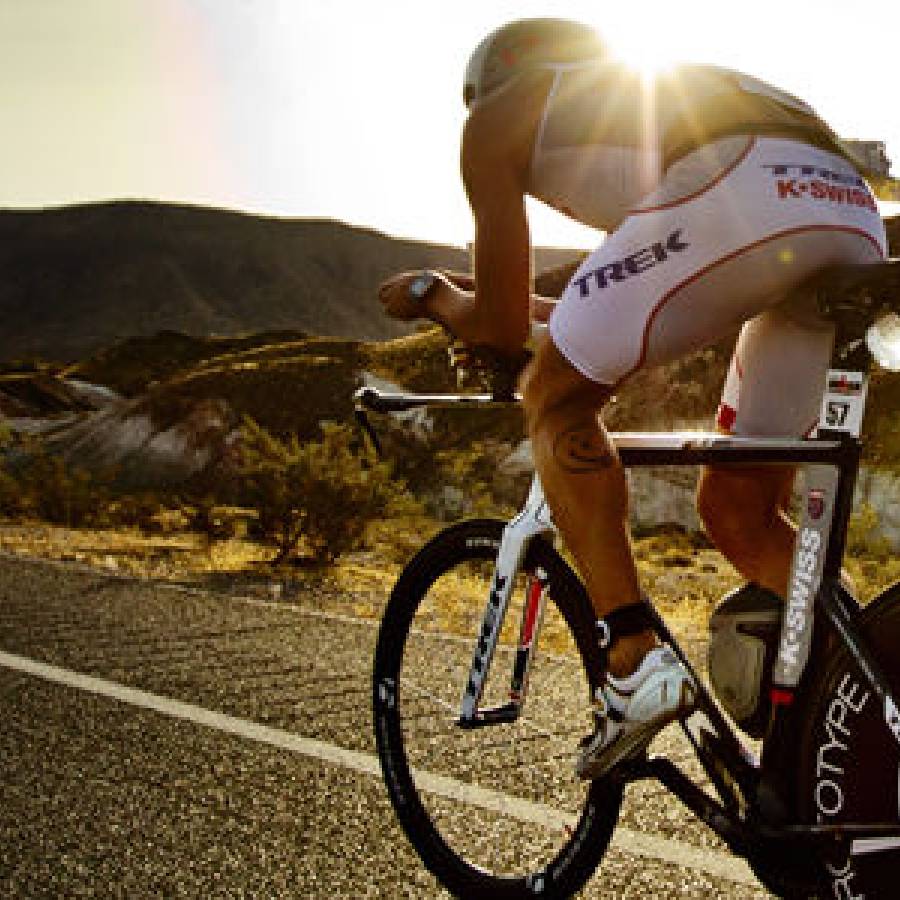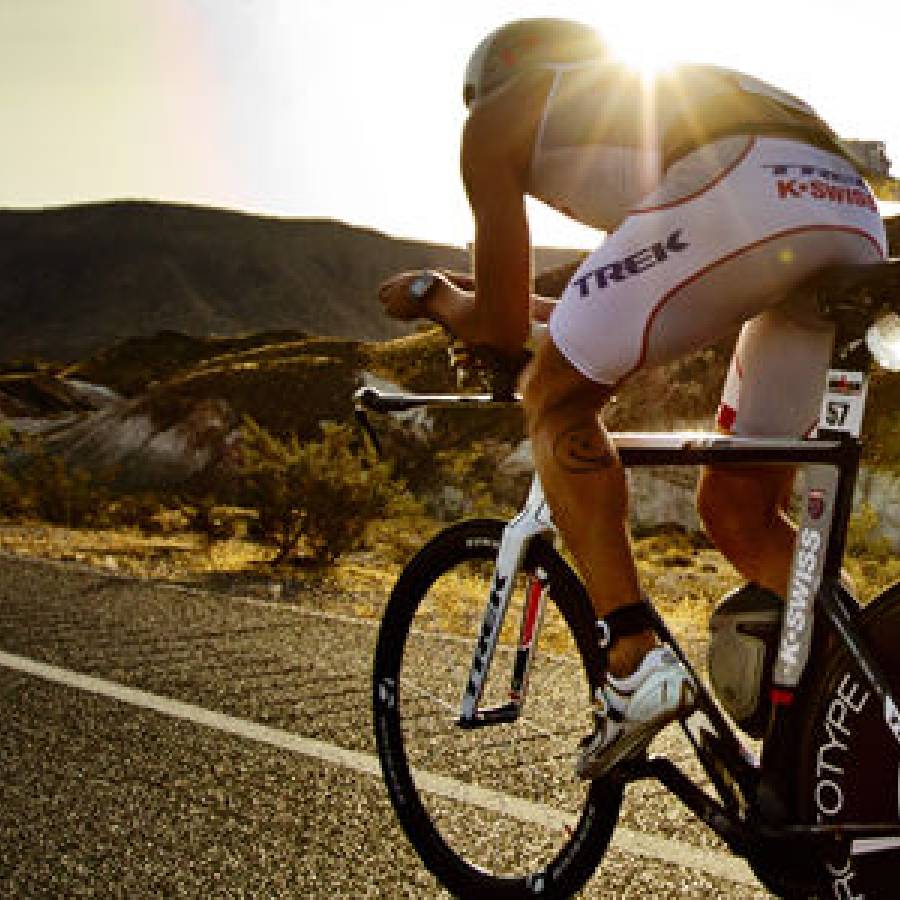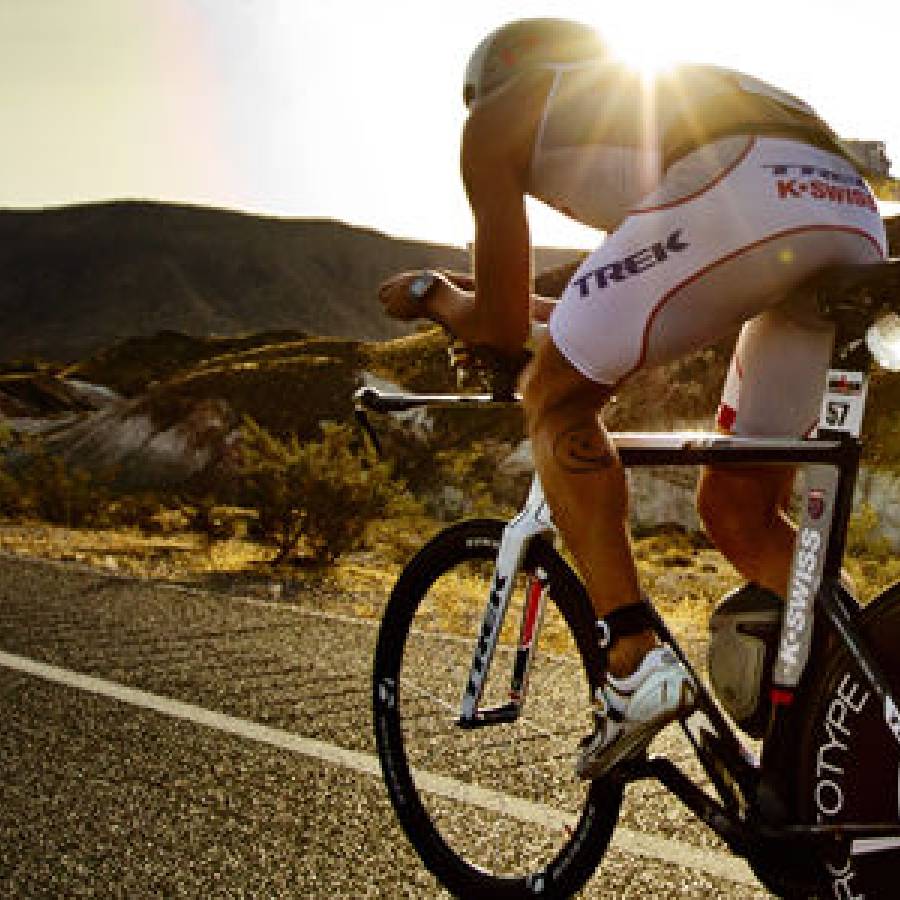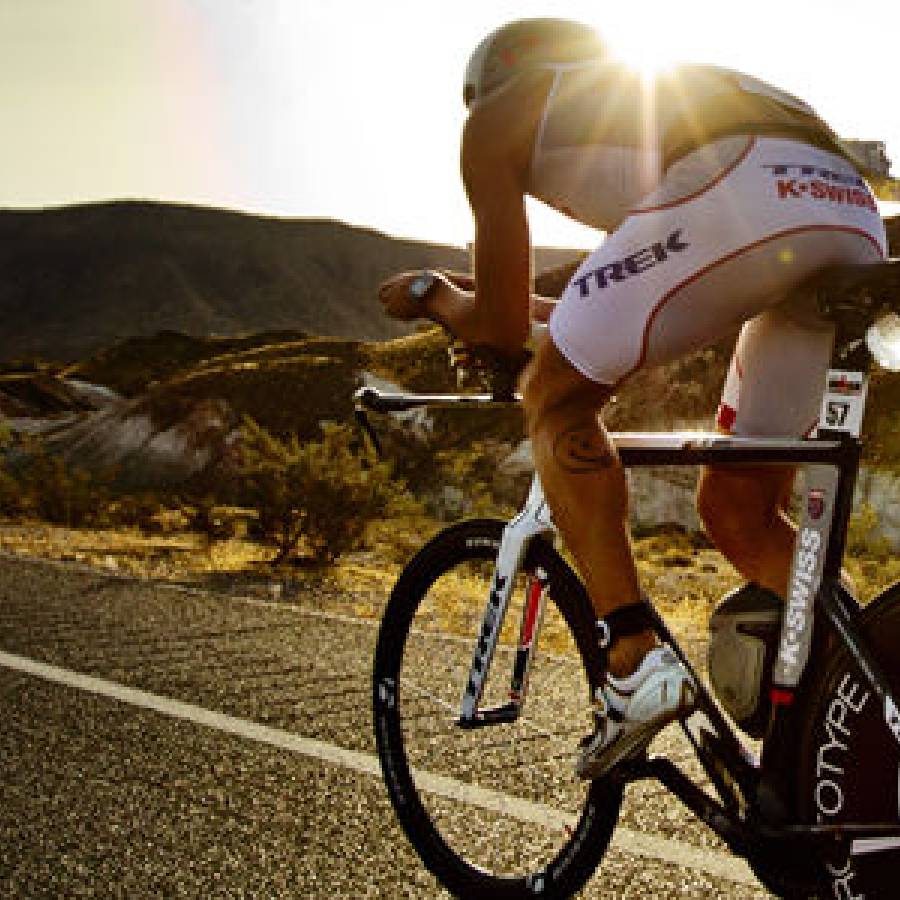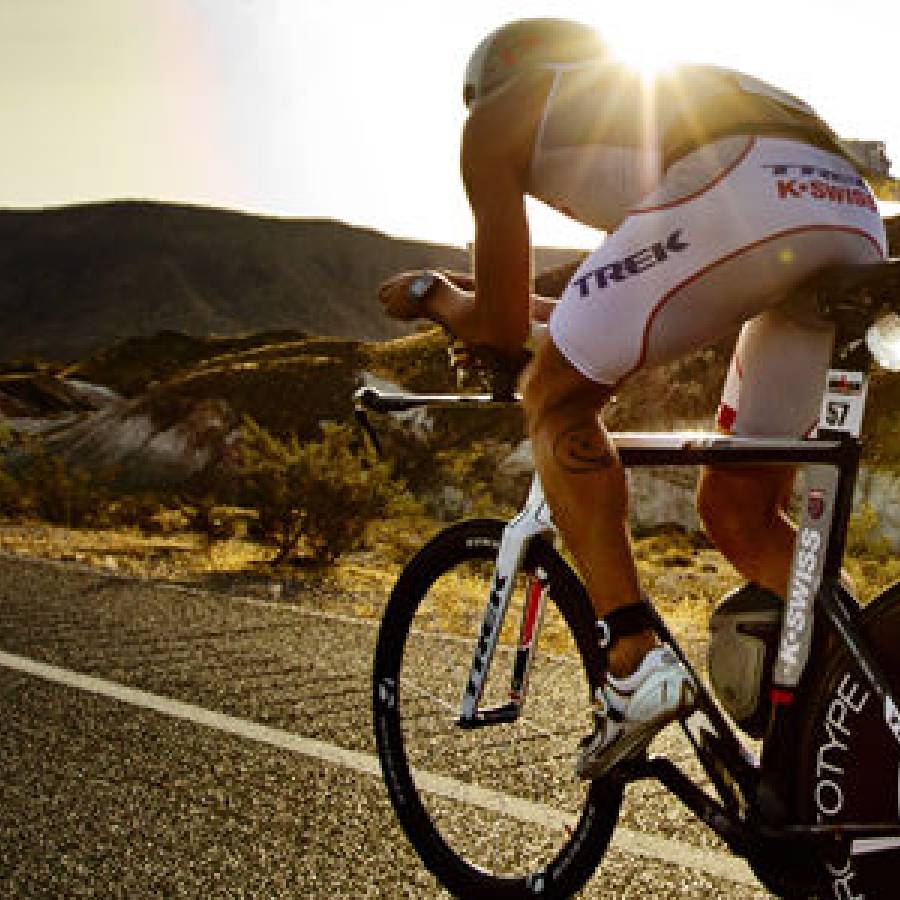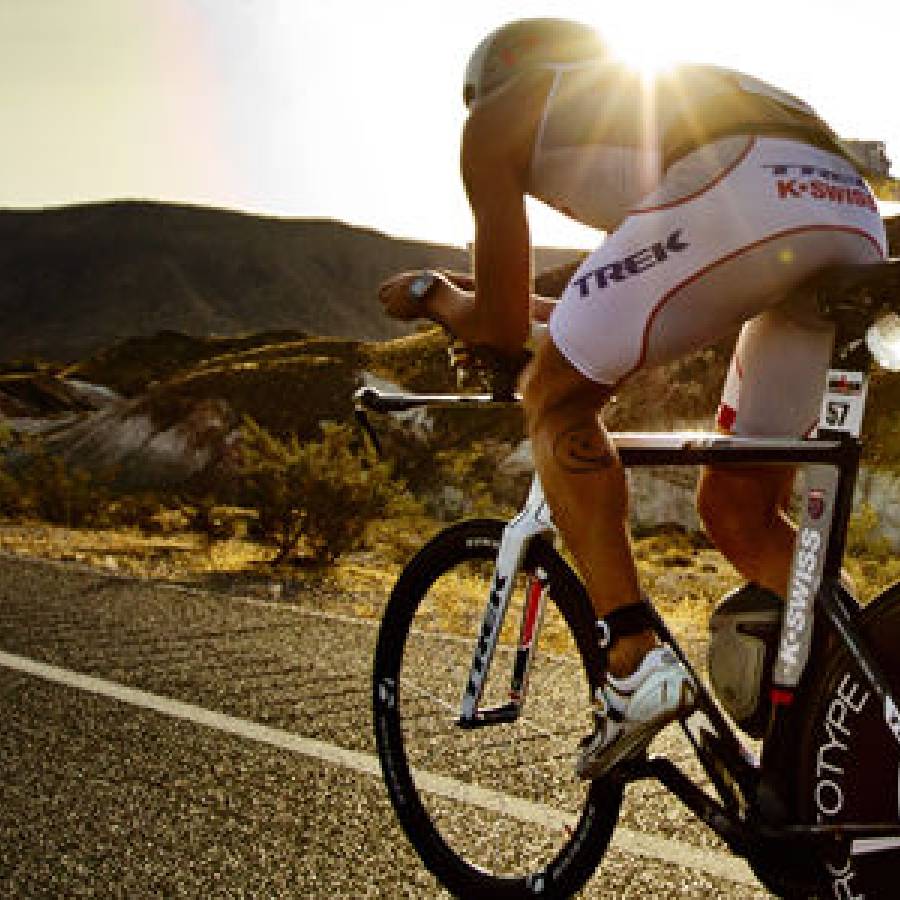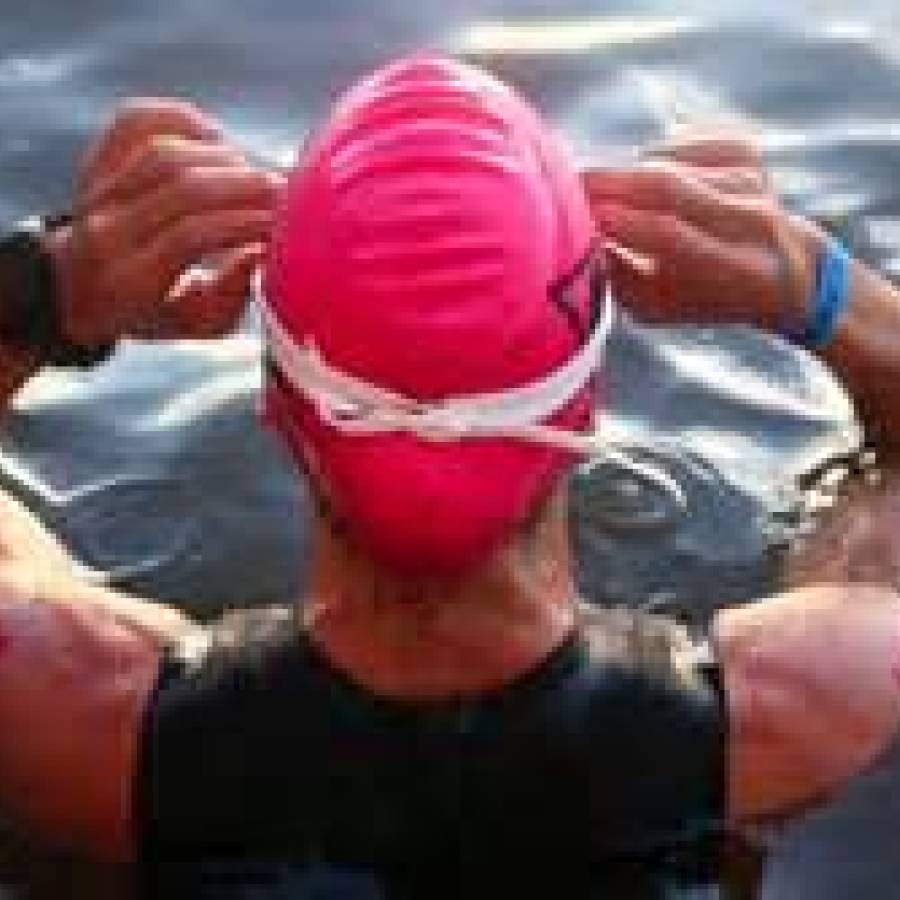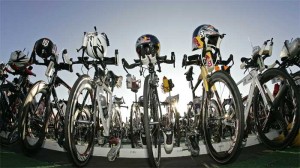 Many of you have an Ironman in the near future. First and foremost, best of luck. I’m sure you will do well. This article is intended to address the question many of you have asked: how do I prepare my transition bags?
Many of you have an Ironman in the near future. First and foremost, best of luck. I’m sure you will do well. This article is intended to address the question many of you have asked: how do I prepare my transition bags?
During an Ironman race, outside assistance is prohibited. Outside assistance is considered any help not provided by the race organization. Assistance from rest stops, designated bike repair tents, or roving sag wagons is allowed. Assistance from friends, family, or spectators is prohibited. If your significant other hands you a water bottle and you are caught, you may receive a time penalty or be disqualified.
During Ironman training, you have the liberty to stop at a store and refill water bottles with fresh Gatorade or buy additional calories. If you get cold, you have the opportunity to put on a jacket. You have access to the things you need. Ironman transition bags provide the same opportunity without acquiring outside assistance. The difference is that you need to plan ahead.
Know what you intend to use (calories, equipment, and clothes) throughout the four disciplines: swim, bike, run, and transitions. When you register for the race, plan to receive a race number, goody bag, and the following transition bags:
• Dry Clothes
• Swim to Bike Transition
• Bike Special Needs
• Bike to Run
• Run Special Needs 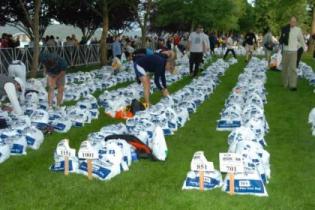
Here are a few suggestions for each bag:
Dry Clothes
The Dry Clothes bag will house all the other bags at registration and is where you place your clothes when you put your wet suit on race morning. You can pick it up after the race. It is one of the few items you may hand to a loved one because it’s before the race is underway. This bag can also be used to carry your liquids and nutrition to your bike and other bags race morning.
Swim to Bike Transition Bag This bag is prepared and delivered to the race transition the day before the event. You should have access to the bag race morning. Plan to receive the Swim to Bike Transition Bag after the swim. It should contain everything you need to do the bike portion of the race.
• Helmet
• Gloves
• Bike Shoes
• Socks
• Sun Glasses
• Small Towel
• Bike Clothes (if different from what you wear during the swim)
• Chaffing Lube or Body Glide
• Calories or liquids (if your nutrition plan calls for it)
After you complete the swim, put your swim gear into the Swim to Bike Transition Bag and leave it in T1.
Bike Special Needs
You bring this bag with you race morning and leave at a designated location. During the race, the Bike Special needs bag will be located around mile 60 on the bike course.
• Calories or liquids (if special, not provided by race)
• Spare Tubes
• Chaffing Lube
• Spare Tire (may carry with you)
• Boot (should carry with you)
• Spare CO2 (should carry with you as well)
• Valve extender (as needed)
• Reward (something to look forward to when you get here; trail mix, M&Ms…etc)
Bike to Run
This bag is prepared and delivered to the race transition the day before the event. You should have access to the bag race morning. Plan to receive the Bike to Run Transition Bag after the bike. It should contain everything you need to do the run portion of the race.
• Running Shoes
• Socks
• Chaffing Lube
• Run Hat
• Reward
Put your bike gear into the Bike to Run Transition Bag and leave it in T2.
Run Special Needs
You bring this bag with you race morning and leave at a designated location. During the race, the Run Special Needs bag will be located around mile 13 on the run course.
• Calories or liquids (if special, not provided by race)
• Fresh socks (to change into if wet)
• T-Shirt or sweatshirt (as needed to stay warm)
• Chafe Lube
• Reward
These suggestions assume your event is a North American Sports event (AKA Ironman North America http://www.ironmannorthamerica.com/). Many domestic and international Ironman events also follow this approach. Some point to point races such as Vineman may be different. Please see the race instructions to be sure.
During your long training days, take note of what you use, when, and consciously think about how it relates to your transition bags.
• When will you need calories?
• If you use powdered hydration or nutrition not provided by the race and plan to have them in your special needs bag(s), consider putting the powder in a sandwich bag (or in the bottle) and mixing it with water when you get to it. Otherwise, it may go bad.
• Do you desire specific foods or liquids? Is the race providing your regular source for hydration or calories: Gatorade, GU, etc…? Do you need to carry or will you have access to your own preferred liquids / calories?
• Is your race in another country? Will this raise additional concerns?
Lastly, rehearse your plan. Don’t try anything new on race day. You have invested too much time to jeopardize your event. Bets of luck, be safe, and enjoy the moment.

